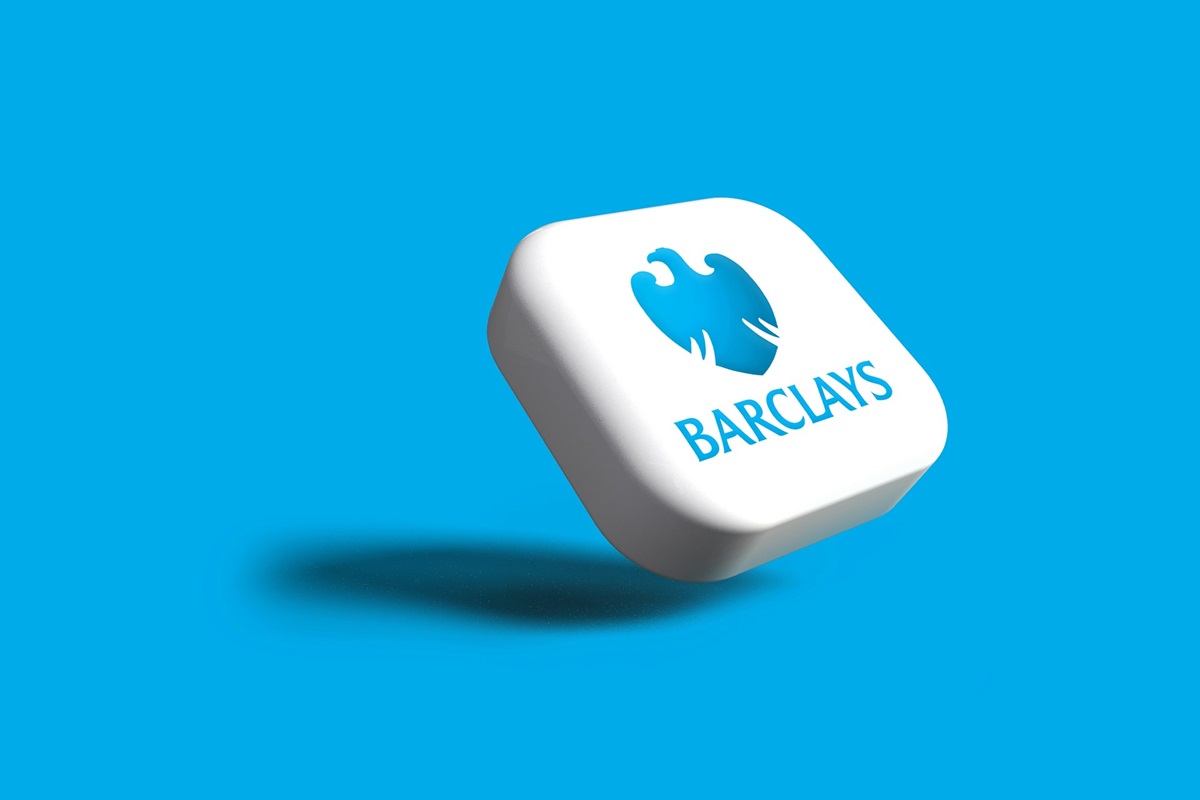Barclays Plc announced its activity plans for the near future, which include taking measures to reduce costs, structural reorganization, and returning at least £10 billion to shareholders.

The mentioned statement of a financial institution is a kind of event that stops the flow of speculative assumptions and semi-abstract reflections on what the vector of the existence of one of the largest investment banks in Europe will be.
Last year, Barclays, which is headquartered in London, managed to achieve a return on tangible equity of 9%. Currently, the financial institution is beginning a gradual movement towards the goal, which is to increase the specified indicator to more than 12%. The bank expects that the mentioned goal will be achieved in 2026. The relevant information is contained in the official statement of the financial institution, which was released on Tuesday, February 20.
As part of the measures aimed at achieving the results planned in the context of the current business strategy, Barclays intends to reduce costs by £2 billion ($2.52 billion).
Also, the financial institution is at the moment striving for what can be called a structural transformation. Barclays is reorganizing into several new units, including the United Kingdom retail bank, a UK corporate bank, a private bank and wealth management arm, an investment banking division, and a US consumer bank.
C.S. Venkatakrishnan, Chief Executive Officer of Barclays, said during a conference call that the financial institution is reorganizing its business in such a way that it matches customers and the ideology of consumer service that the lender professes. Separately, he noted that the bank will manage its costs, which are generally a combination of technology, property, people, and headcounts.
Against the background of news about activity plans, the share price of a financial institution in London showed an increase of 4.2%. At the very beginning of trading, this figure increased by 7%, which is the biggest jump since January 2021.
As part of the changes at Barclays, some senior executives have been replaced. Adeel Khan became the sole head of the global markets unit. His former co-head Stephen Dainton becomes president of Barclays Bank Plc and chief of management of the investment bank. Cathal Deasy and Taylor Wright will continue to work as co-heads of the banking unit.
Vim Maru has become the new CEO of Barclays UK. His predecessor in this position, Matt Hammerstein, is currently CEO of the UK corporate bank. Mr. Hammerstein also takes responsibility for public policy and corporate responsibility from Sasha Wiggins, who became CEO of the private bank and wealth management.
C.S. Venkatakrishnan has been reviewing the strategy of the financial institution in recent months. He also sought to reduce the excitement among investors regarding plans regarding the concept of the future of the bank.
Currently, the value of Barclays shares lags behind similar indicators of competitors. The reason for this is that returns languished in recent quarters.
Philip Richards, senior banking analyst at Bloomberg Intelligence, says that Barclays’ new financial goals set a high bar for achievement. The lender intends to increase revenue to £30 billion by 2026. This figure is 13% higher than the consensus forecast and is the key to achieving the goal of a return on tangible equity of more than 12%, which is a very difficult task. Investors strive to ensure that the image of the future that the bank’s management perceives as desirable is what can be called a guaranteed reality, and do not want to focus solely on statements reflecting aspirations with uncertain prospects for materialization.
Philip Richards positively assesses Barclays’ commitment to focus on capital allocation to return £10 billion to shareholders during 2024-2026. The financial institution also plans to shrink the investment bank to 50% of the group’s risk-weighted assets. The corresponding figure currently is 63%.
Barclays warned that charges related to cost reduction efforts would be recorded in the fourth quarter of 2023. The corresponding charges totaled £927 million between October and December last year. Of this amount, £188 million is associated with a reduction in the number of staff at the corporate and investment bank.
The financial institution intends to save about £500 million in 2024 as a result of the planned actions.
Barclays’s corporate and investment bank reported that in the fourth quarter of 2023, total revenue showed a decrease of 7% year-on-year. For a long period, the mentioned department of the lender has been the subject of controversy among investors. In this case, the reason for the ambiguous attitude towards the structural unit of the organization was the amount of capital consumed in comparison with other, higher-returning functional segments of Barclays.
The financial institution will seek to develop other business lines to improve the balance sheet. The lender intends to acquire most of Tesco Plc’s banking business. The financial institution is currently seeking to strengthen its position in the sphere of retail banking in the United Kingdom.
Barclays expects risk-weighted assets to grow by £50 billion in the coming years. The financial institution intends to allocate £30 billion of this amount to its companies focused on the United Kingdom, including Barclays UK, the UK corporate bank, and the private bank and wealth management division. The financial institution will direct the remaining £20 billion to the United States consumer market, which is largely due to regulatory changes. This was stated by the bank’s managers.
C.S. Venkatakrishnan says that the investment unit of a financial institution will have to absorb the impact of higher capital requirements without receiving any additional capital from the lender. This means that by 2026, the investment bank will consume about 50% of Barclays’ risk-weighted assets. C.S. Venkatakrishnan says that in the medium term, an RWA balance between consumers and wholesale trade will be achieved, which will ensure more stable and high returns.
In the fourth quarter of 2023, the revenue of the Barclays UK unit, which includes the retail offerings of the financial institution, fell by 9% year-on-year.
C.S. Venkatakrishnan says that the bank is confident in the United Kingdom as a place to do business. According to him, the importance of having a counterparty based in London is becoming increasingly significant, which is also becoming part of the business strategy.
As we have reported earlier, Barclays Reportedly Invests in Promotion on Private Credit Market.









